What’s new about old fields?
Areas of research
Habitat rehab
Lead researchers
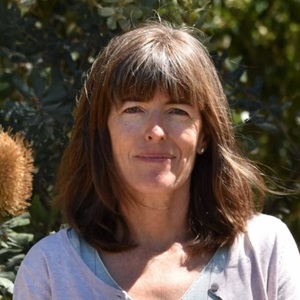
Rachel Standish
Associate Professor - School of Environmental and Conservation Sciences
View staff profile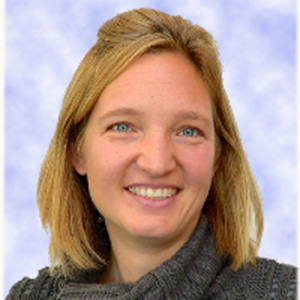
Tina Parkhurst
Postdoctoral Research Fellow
View staff profile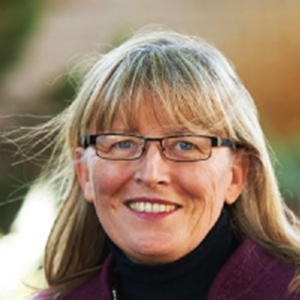
Halina Kobryn
Senior Lecturer - Harry Butler Institute
View staff profile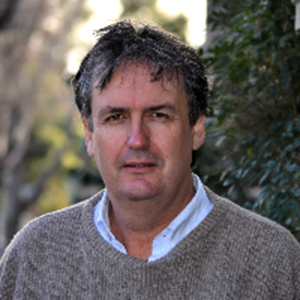
Richard Harper
Professor - Food Futures Institute
View staff profile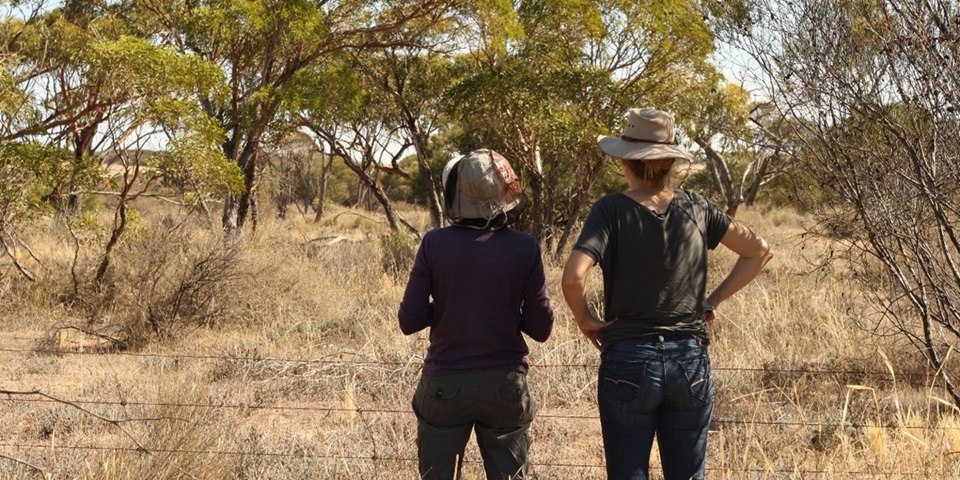
Abandoned farmlands provide a unique opportunity for the ecological restoration of degraded landscapes.
Globally, farmland is shrinking. For the first time in human history, more farmland is being abandoned than is being cleared for agriculture. In Australia, unproductive ‘marginal’ farmland is being left fallow. Some farmers are interested to pursue new enterprises to replace the traditional ones focused on crops and livestock. The emerging carbon market, and more recently the nature repair market, offer financial incentives for farmers to plant diverse tree mixes on marginal farmland (1,2,3).
Succession theory, one of the oldest theories in ecology, was developed on abandoned farmlands, ‘old fields’, of North America. This theory suggests local herbs, the ‘pioneers’, will arrive first, followed by shrubs and finally, the ‘climax’ species, trees. This sequence of vegetation development can be observed in some parts of the world supporting the succession theory (4). Yet in Western Australia, old fields tend to get stuck in a weedy degraded state with limited recolonisation by native plants (5).
Barriers to old-field succession in Western Australia include land-use legacies and competition with invasive weeds (6, 7). We are working on methods to overcome these barriers to inform eucalypt woodland restoration. We have found that some land-use legacies persist, even after tree planting to kickstart succession (8). These legacies may partly explain the lack of native herbs, the wildflowers, in old-field restoration projects (9).
Our research needs to be long term because woodlands take decades to develop. We have long-term experiments at Ridgefield (10,11), in Pingelly, and at Peniup, in the great southern region of Western Australia (12,13,14). Ridgefield is part of a global network of tree diversity experiments (15) that enable comparison to determine if Western Australian ecosystems are weird or just a bit different!
Current projects include working with Traditional Owners on country to improve restoration outcomes for biodiversity conservation and for Indigenous people. PhD candidate Elina Rittelmann-Woods is exploring the link between plant diversity, soil microbes, and soil carbon storage. Lifting the lid on below-ground carbon and biodiversity credits (16). PhD candidate Natalie Grassi is researching fauna use of restoration projects in the Fitz-Stirling region to assess their suitability as habitat for our imperilled native wildlife.
Researchers
Rachel Standish
Tina Parkhurst
Halina Kobryn
Richard Harper
Ryan Borrett
Tim Morald (Phoenix Environmental Services)
Project partners and collaborators
ARC Training Centre Healing Country


Students
Elina Rittelmann-Woods
Natalie Grassi
What you can do
- Offset your carbon footprint and help conserve biodiversity by investing in biodiverse carbon projects. Greening Australia, Bush Heritage Australia, and Carbon Positive Australia are leaders in this space, each are creating high-quality projects.
- Look for opportunities to volunteer to help restore your local bushland or farmland. (e.g., https://www.activatethewheatbelt.org.au/).
- Advocate for the environment by sharing your newfound knowledge with family, friends, and your local politician. Speak for the trees!
Funding
Australian Research Council
Bush Heritage Australia
Carbon Neutral Pty Ltd
Australian Government for Research Training Scholarships
Australian Government for support through their National Landcare Program
Greening Australia for in-kind support
Project Duration
2004 - ongoing
Read more about this research
- Standish RJ, Hulvey KB 2014. Co-benefits of planting species mixes in carbon projects. Ecological Management & Restoration 15: 26–29. https://doi.org/10.1111/emr.12084
- Standish RJ, Prober SM 2020. Potential benefits of biodiversity to Australian vegetation projects registered with the Emissions Reduction Fund—is there a carbon-biodiversity trade-off? Ecological Management and Restoration 21: 165–172. https://doi.org/10.1111/emr.12426
- Andres S, Standish RJ, Lieurance P, Mills C, Harper R, Butler D, Adams V, Lehmann C, Tetu S, Cuneo P, Offord C, Gallagher R 2022. Defining biodiverse reforestation: why it matters for climate change mitigation and biodiversity. Plants, People, Planet 5: 2738. https://doi.org/10.1002/ppp3.10329
- Cramer VA, Hobbs RJ, Standish RJ 2008. What’s new about old fields? Land abandonment and ecosystem assembly. Trends in Ecology and Evolution 23: 104–112. https://doi.org/10.1016/j.tree.2007.10.005
- Standish RJ, VA Cramer, SL Wild and RJ Hobbs 2007. Seed dispersal and recruitment limitation are barriers to native recolonisation of old-fields in Western Australia. Journal of Applied Ecology 44: 435–445. https://doi.org/10.1111/j.1365-2664.2006.01262.x
- Standish RJ, Cramer VA, Hobbs RJ and Kobryn HT 2006. Legacy of land-use evident in soils of Western Australia’s wheatbelt. Plant and Soil 280: 189–207. https://doi.org/10.1007/s11104-005-2855-6
- Standish RJ, Cramer VA, and Hobbs RJ 2008. Land-use legacy and the persistence of invasive Avena barbata on abandoned farmland. Journal of Applied Ecology 45: 1576–1583.
- Parkhurst T, Standish RJ, Prober SM 2022. P is for persistence: Soil phosphorus remains elevated for more than a decade after old field restoration. Ecological Applications 32: e2547. https://doi.org/10.1111/j.1365-2664.2008.01558.x
- Parkhurst T, Prober SM, Standish RJ 2021. Recovery of woody but not herbaceous native flora 10 years post old-field restoration. Ecological Solutions and Evidence 2: e12097. https://doi.org/10.1002/2688-8319.12097
- Perring MP, Standish RJ, Hulvey KB, Lach L, Morald TK, Parsons R, Didham RK, Hobbs RJ 2012. The Ridgefield Multiple Ecosystem Services Experiment: Can restoration of former agricultural land achieve multiple outcomes? Agriculture, Ecosystems, and the Environment 163:14–27. https://doi.org/10.1016/j.agee.2012.02.016
- Fiedler S, Monteiro J, Hulvey K, Standish RJ, Perring MP, Tietjen B 2021. Global change shifts trade-offs among ecosystem functions in woodlands restored for multifunctionality. Journal of Applied Ecology 58: 1705–1717. https://doi.org/10.1111/1365-2664.13900
- Standish RJ, Borrett RJ, Morald TK, Hobbs RJ, Prober SM 2022. Contribution of species and functional richness to carbon storage in eucalypt woodland restoration. Forest Ecology and Management 523: 120497. https://doi.org/10.1016/j.foreco.2022.120497
- Atkinson J, Freudenberger D, Dwyer J, Standish RJ, Moles A, Bonser S 2022. Plant size and neighbourhood characteristics influence survival and growth in a restored ex-agricultural ecosystem. Ecological Solutions and Evidence 3: e12131. https://doi.org/10.1002/2688-8319.12131
- Perring MP, Jonson J, Freudenberger D, Parsons R, Rooney M, Hobbs RJ, Standish RJ 2015. Soil-vegetation type, stem density and species richness influence biomass of restored woodland in south-western Australia. Forest Ecology and Management 344: 53–62. https://doi.org/10.1016/j.foreco.2015.02.012
- Paquette A, Hector A, Castagneyrol B, Vanhellemont M, Koricheva J, Scherer-Lorenzen M, Verheyen K, TreeDivNet 2018. A million and more trees for science. Nature Ecology and Evolution 2: 763–766. https://doi.org/10.1038/s41559-018-0544-0
- Albornoz FE, Prober SM, Ryan MH, Standish RJ 2022. Ecological interactions among microbial functional guilds in the plant-soil system and implications for ecosystem function. Plant and Soil 476: 301–313.
Lead researchers

Rachel Standish
Associate Professor - School of Environmental and Conservation Sciences
View staff profile


Areas of research
Habitat rehab
Lead researchers

Rachel Standish
Associate Professor - School of Environmental and Conservation Sciences
View staff profile
Tina Parkhurst
Postdoctoral Research Fellow
View staff profile
Halina Kobryn
Senior Lecturer - Harry Butler Institute
View staff profile
Richard Harper
Professor - Food Futures Institute
View staff profile